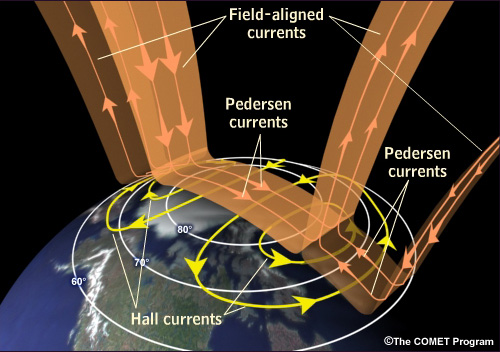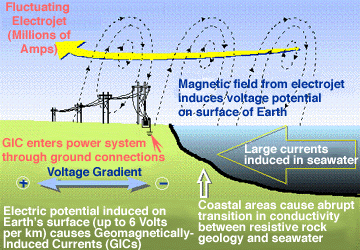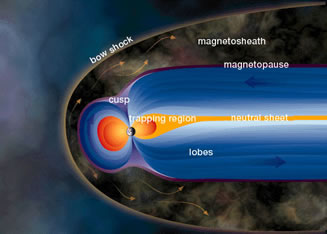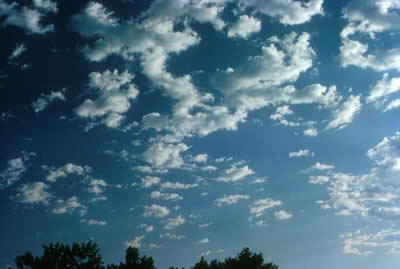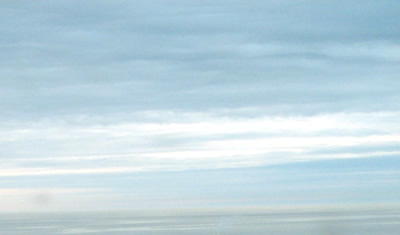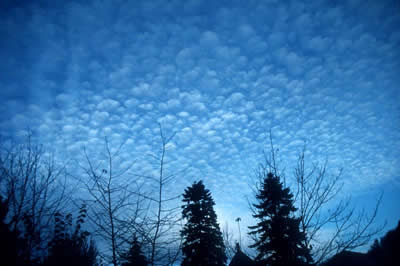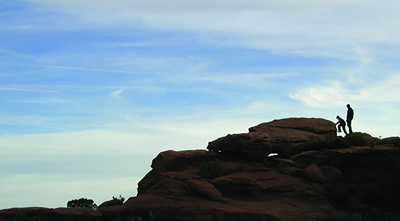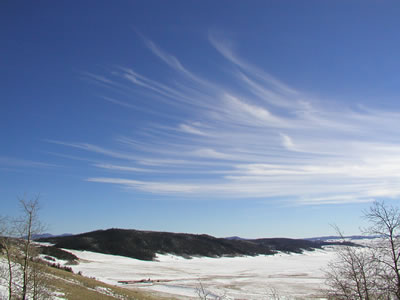Charged Particle Motion in Earth's Magnetosphere
High-latitude Ionosphere
The magnetosphere not only supplies energetic particles that cause the aurora, but it also drives strong winds and electric currents in the high-latitude ionosphere and thermosphere.
The magnetospheric convection that carries plasma and magnetic field from the dayside magnetopause into the magnetotail and back again also stirs winds in the high latitude ionosphere and thermosphere. These winds circulate from the dayside auroral ovals across the polar caps to the night side, then around the dawn and dusk sides back to the dayside.
In the lower part of the ionosphere, from about 80 to 150 kilometers, the electric field associated with the magnetosphere-ionosphere circulation drives strong horizontal electric currents.
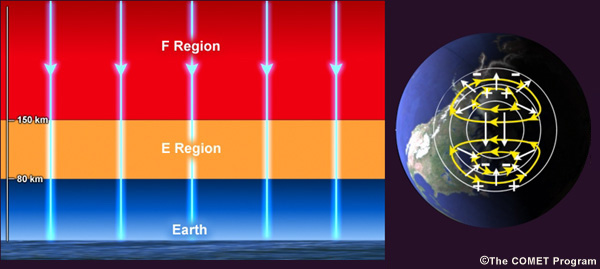
Because of the peculiar nature of ionospheric conductivity, there are actually two high-latitude current systems. One system comprises Hall currents, which flow perpendicular to both the electric and magnetic fields and are strongest near 105 kilometers altitude. The other system is made up of Pedersen currents, which flow perpendicular to the magnetic field and parallel to the electric field and are strongest near 125 kilometers altitude. These two ionospheric current systems connect via field-aligned currents to the magnetospheric current system.
